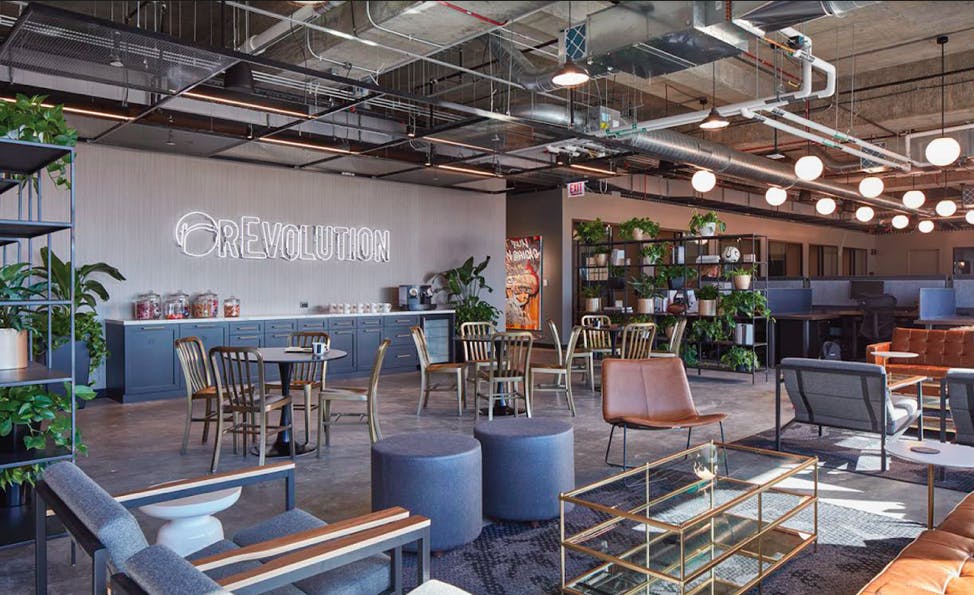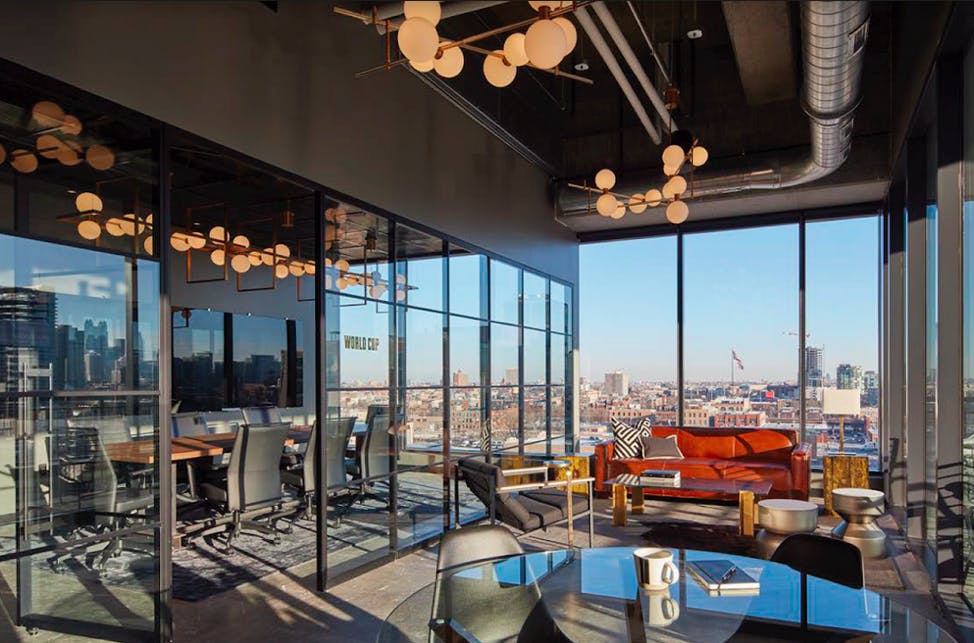Open Office vs. Cubicles: Which Office Layout Design Is Better?

When you’re moving into a new space or redesigning your office, there’s a distinct opportunity to make some meaningful changes in your company’s workplace culture. One of the most important decisions you’ll make is deciding which type of office layout is best for your company. Should you have cubicles or an open office?
There are pros and cons to both layouts, but ultimately, it’s about what works best for the unique needs of your company. If you’re struggling to come to a decision, this guide can help you choose.
Open Offices: What You Should Know
Though open offices are synonymous with 21st century startup culture, they have been around for decades and actually are older than cubicles. According to Scientific American, open office plans originated in the first of the 20th century as a way for companies to fit more employees in a space.
These days, open office plans are popular because they explicitly promote collaboration, transparency, and an enticing sense of controlled chaos. Here are a few of the main advantages of having an open office layout:
- Community: Since all your coworkers can see one another, there’s a communal element.
- Save Money: Open offices can help your company save money by utilizing more floor space and reducing the amount of furniture you will need for your employees.
- Design: In addition to promoting a sense of community and saving money, open offices also have an aesthetic that makes your company seem more millennial friendly and contemporary.
Though there are plenty of benefits, there are still a few drawbacks:
- Lack of Privacy: Some employees prefer not to have all of their actions be so out and open. This could potentially lead to conflicts.
- Noise Pollution: Humans can get noisy. And in an open office, everyone can hear one another’s conversations, business calls, and music. Some offices even embrace this chaos by setting up a sound system with music playing. But this type of chaotic environment isn’t for everyone.
- Distractions: While having a communal shared working space can be inspiring, it can also be really distracting. Employees who would otherwise be really productive could potentially get distracted.
A lot of open-plan offices find ways to overcome these challenges and still enjoy having an open office layout. For example, phone booths have helped offices create spaces for employees who need some privacy.
Office Layout Design
Alix Palmer, an executive assistant at the Chicago sports agency rEvolution World, told us about his about his experience working with Iron Age Office to design their space. Palmer is happy with the collaborative potential that has come from having an open-office plan.
She told Eden, “As well as telling our story, our office layout is not only reflective but encourages our collaborative team atmosphere. In addition to utilizing our beautiful meeting rooms, it’s common to witness impromptu team huddles, big and small, around a teammate’s desk, a high-top table, one of the many leather couches, the stadium seats or Bear and Rabbit bar.”


Cubicles: What You Should Know
There was a time when cubicles were the norm. You can probably name a handful of films or TV shows that portray the workplace culture of cubicles. Cubicles have been around for nearly sixty years. In 1960, Henry Miller created the first office cubicle as part of his larger initiative of finding solutions to furniture problems. Though they have become notorious, many companies find them to be an effective option. Here are some of the benefits:
- Privacy: Cubicles can give every employee some private space to work in peace.
- Design: Employees have the potential to design their own cubicles with mementos and posters. This could help employees feel more at home in the office and overall happier.
- Productivity: If your company needs multiple people to be having phone conversations at the same time, cubicles can help facilitate that. Everyone can do their own tasks without bothering other people.
- Community Activities: Even if cubicles seem a bit isolating, they could make your company’s communal activities seem more necessary. Employees can get more excited about workplace bonding activities.
Despite these benefits, there are some drawbacks:
- Loneliness: Not everyone wants to be cut off from their colleagues all day.
- Design: Office design is pretty subjective. For some, cubicles are simply offputting and monotonous.
Ben Tvedte, Director of Operations at MediRevv, says that his company chose cubicles because of the needs of his business. He said. “Our team members are engaging in conversations and/or work that involves PHI or Protected Health Information, so cubicles allow many conversations to occur simultaneously, yet remain private. In the same respect, cubicles also allow for easy and open communication with teammates in close proximity.”
However, MediRevv also “utilizes common areas to allow for open environments for team meetings and break times.”

How To Decide What’s Right For Your Office:
There are pros and cons to having an open office or a cubicle. The decision should rest on what your office needs. For example, a company like MediRevv needs an office in which multiple colleagues can be on the phone at the same time and where private data is secure. On the other hand, a company like rEvolution World was seeking an environment that could visually manifest their ethos of collaboration and creativity. Before deciding your office’s design, evaluate what your team’s values and priorities are and go from there.
Office design is merely one aspect to having an awesome workplace culture. With Eden, you can streamline your office cleaning, IT support, and handyman services, while also getting connected with a team of verified vendors.
.png)

.png)




